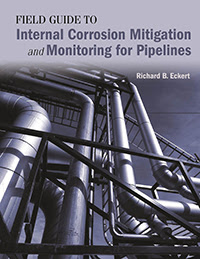The Protective Coating User’s Handbook, Third Edition
By Louis D. Vincent
Review the selection and use of coatings in new construction and maintenance of industrial and commercial products. This title gives you a detailed project guide written in layman’s terms.
Get it here https://store.nace.org/the-protective-coating-user-s-handbook-third-edition



.jpg)






